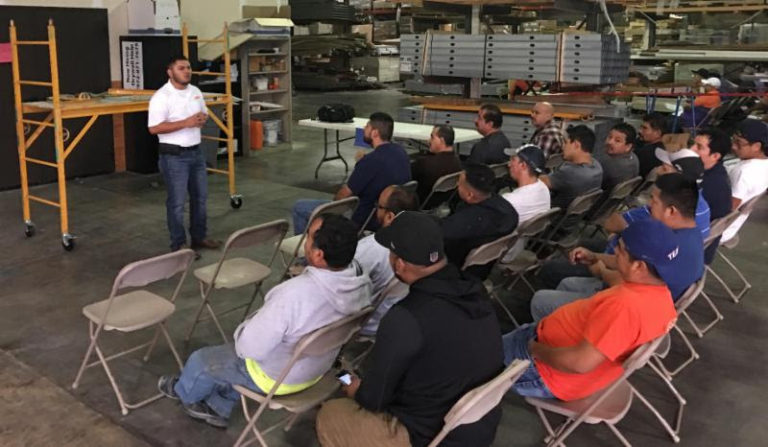- Serious / Other-Than-Serious / Posting Requirements – $12,934 per violation
- Failure to Abate Prior Violation – $12,934 per day beyond the abatement date
- Willful / Repeated Violations – $129,336
Fines alone can be substantial, especially if employers have a history of violations, previous citations, or issues that have made them subject to OSHA’s Severe Violator Enforcement Program or criminal violations. In addition, ancillary costs may persist into the future and have a significant impact on a businesses’ bottom line and ability to remain in business.
These include:
- Costs associated with abatement – Employers are required by law to certify full and complete abatement of alleged hazards, which means they must first determine what, according to OSHA, should be done to abate the condition noted in the violation.Many times employers simply explain that “more training” will prevent future recurrence. Often, however, OSHA requires substantial changes in materials, equipment, and practices used by employers. Not only do these changes inherently cost time and money, they may also impact employers through slowed or reduced rates of production, which directly affects revenue.
- Risks of future litigation – OSHA citations create the potential for collateral damage, including civil lawsuits related to liability, workers’ compensation, personal injury or wrongful death lawsuits, indemnification proceedings, and more. They can also open the door to parallel inspections and sanctions from other regulatory authorities, ranging from the Environmental Protection Agency (EPA) to the Wage and Hourly Division (DOL). These matters are fact-specific, but that can be substantially impacted by OSHA citations.
- Repeat citations – OSHA’s repeat citation policy allows the agency to classify new violations involving similar hazards related to the same CFR standard as repeat violations, which carry fines up to $129,336. This can significantly impact employers, especially when companies operate multiple locations and facilities.
- Willful citations – Violations classified as willful allege employers intentionally and knowingly disregarded regulations. OSHA dedicates additional resources to handling willful citations, which can not only result in significantly enhanced fines, punitive damages, and criminal violations, but also future risks involving increased oversight (i.e. more frequent inspections and citations) and company reputation. In some cases, willful violations may have criminal implications, especially if they result in catastrophes and/or death.
- Competition/loss of contracts – Reputation is not only important to shareholders, employees, and consumers, but also to contractors and other companies with whom employers conduct business. Poor safety records can prevent the acquisition of new business contracts, and retaining current contracts, which is why citations and the levels the citations are graded at can put companies at a disadvantage and threaten their bottom line. In highly competitive industries, this can be magnified, as some companies decline projects involving businesses with even “serious” violations or a record of poor safety performance.
OSHA citations that seem small or insignificant can end up being extremely costly. OSHA citations remain on a company’s record for up to 5 years.
Reducing the potential for having citations is the best strategy through the hierarchy of controls, but if that inevitably fails you need the advice of experts to make informed decisions, such as to contest or to settle, redefine the category of the citation, reduce the fine amount or what abatement strategy to incorporate.


 The principles behind HOP are grounded in the same philosophy that helped improve the design of our cars. In the 1950’s our cars did very little to protect us from our own errors; there were no seatbelts and no airbags; a head on collision sent the steering column through the driver’s chest and the engine into his lap.
The principles behind HOP are grounded in the same philosophy that helped improve the design of our cars. In the 1950’s our cars did very little to protect us from our own errors; there were no seatbelts and no airbags; a head on collision sent the steering column through the driver’s chest and the engine into his lap. Heat-related illnesses can be prevented by following these steps:
Heat-related illnesses can be prevented by following these steps:
 Alan Hurtado
Alan Hurtado
 At STC, we are focused on preserving the world’s most precious resource – human life. In order to do that, we understand the importance of building and sustaining effective safety management systems that produce tangible results over time.
At STC, we are focused on preserving the world’s most precious resource – human life. In order to do that, we understand the importance of building and sustaining effective safety management systems that produce tangible results over time.